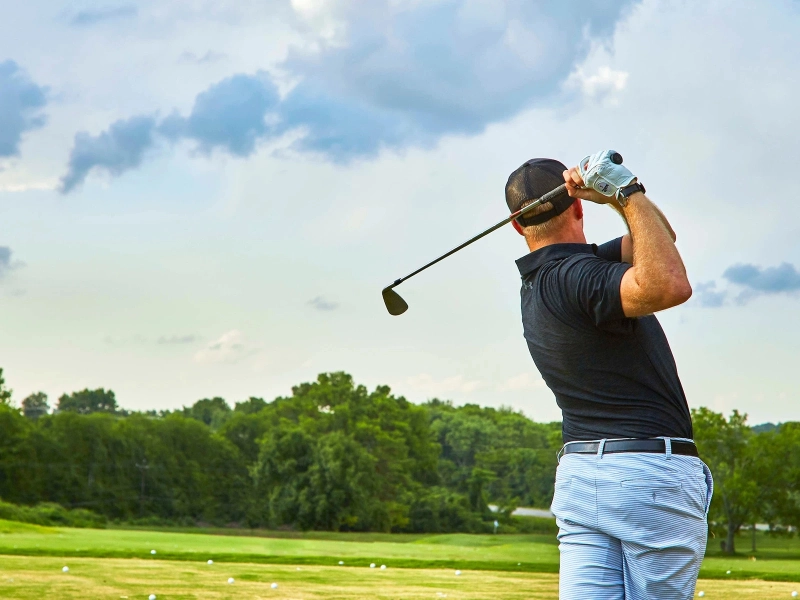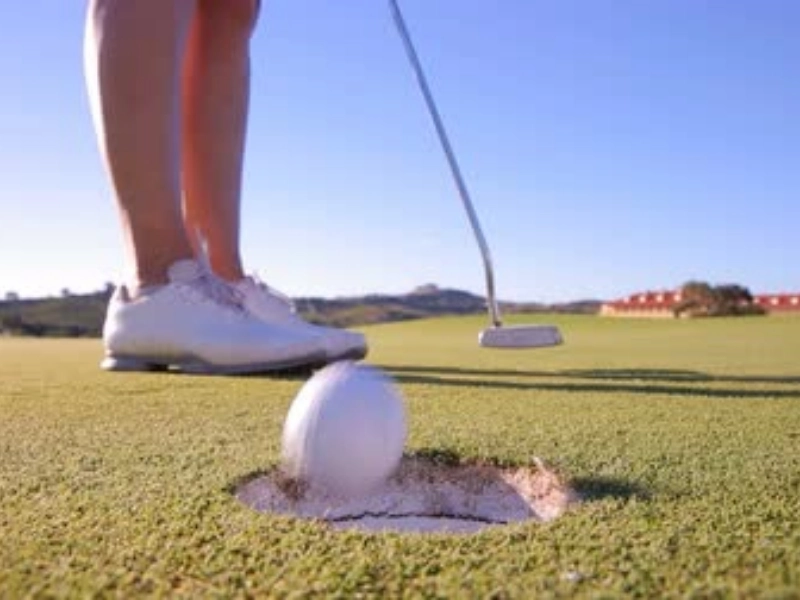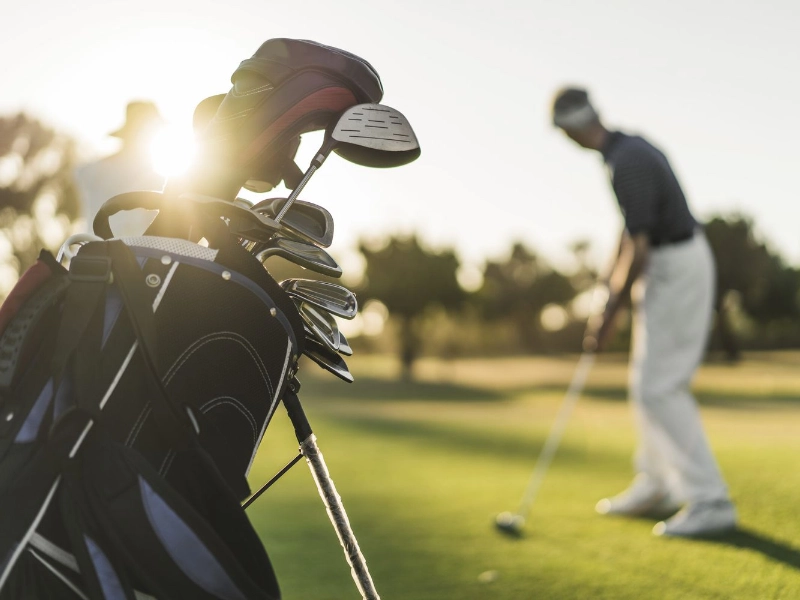Why Fitting Your Golf Clubs Is So Important for Your Game
Fitting your golf clubs is a crucial step in upgrading your game. It will increase your distance control and help you strike your irons more consistently. Your wrist-to-floor measurement will be taken by a fitter to determine your ideal club length. After that, they will experiment with various shaft and head combinations until they determine which one best suits your swing.
Appropriate Fit

The appropriate Flex
 Golfers frequently believe that becoming fit for clubs is a must, but that doesn't imply it has to be costly. In actuality, a well-matched set investment can yield positive returns over time.
The fitter will probably suggest a range of head/shaft combinations during the fitting procedure that correspond with the optimal specifications found using different analysis techniques, including using a launch monitor. The fitter will next put together test clubs that correspond with those suggested specs in order to do more analysis.
Contrary to popular assumption, a player's required shaft flex has less to do with how quickly they swing than it does with how much force a certain shaft can safely support. Shaft flex selection is similar to conducting a symphony in that you want everything to work in perfect harmony for a precise, controlled performance.
Golfers frequently believe that becoming fit for clubs is a must, but that doesn't imply it has to be costly. In actuality, a well-matched set investment can yield positive returns over time.
The fitter will probably suggest a range of head/shaft combinations during the fitting procedure that correspond with the optimal specifications found using different analysis techniques, including using a launch monitor. The fitter will next put together test clubs that correspond with those suggested specs in order to do more analysis.
Contrary to popular assumption, a player's required shaft flex has less to do with how quickly they swing than it does with how much force a certain shaft can safely support. Shaft flex selection is similar to conducting a symphony in that you want everything to work in perfect harmony for a precise, controlled performance.
The appropriate length
 One of the most important aspects of fitting is figuring out the correct length, regardless of whether the player employs a height-based chart or not. The most accurate way to find it is by measuring the golfer's wrist to floor, which takes into consideration their arm and leg lengths, which could otherwise affect a fit chart that is based on height.
A golfer may make consistent contact and strike the ball on the appropriate swing plane for their height with the aid of a right length. Fitters frequently offer a variety of lengths in an effort to help the player reach their ideal length.
When advising club length, a skilled fitter will also take into account other variables, like the golfer's lie angle. They would never just recommend a length in order to get the swing weight they wanted.
One of the most important aspects of fitting is figuring out the correct length, regardless of whether the player employs a height-based chart or not. The most accurate way to find it is by measuring the golfer's wrist to floor, which takes into consideration their arm and leg lengths, which could otherwise affect a fit chart that is based on height.
A golfer may make consistent contact and strike the ball on the appropriate swing plane for their height with the aid of a right length. Fitters frequently offer a variety of lengths in an effort to help the player reach their ideal length.
When advising club length, a skilled fitter will also take into account other variables, like the golfer's lie angle. They would never just recommend a length in order to get the swing weight they wanted.
Appropriate Weight
 When attending a fitting, golfers should bring their own clubs because the fitter will need to assess the length, flex, and total weight of the shafts. These elements can give the fitter important information about what new club specs are best.
A golfer's ability to maximise their swing speed and performance generally depends on fitting them with the proper shaft weight. A golfer who uses a heavy shaft may find it more difficult to maintain rhythm, pace, and transition force, which will lead to fewer on-centre strokes and poorer quality "misses.".
Expert fitters frequently use their judgement when recommending shaft weight because they have fitted players with different strengths, different transition forces, and different preferences for overall weight feel. For a fitter, this is usually the most satisfying step because it can lead to significant improvements for golfers.
When attending a fitting, golfers should bring their own clubs because the fitter will need to assess the length, flex, and total weight of the shafts. These elements can give the fitter important information about what new club specs are best.
A golfer's ability to maximise their swing speed and performance generally depends on fitting them with the proper shaft weight. A golfer who uses a heavy shaft may find it more difficult to maintain rhythm, pace, and transition force, which will lead to fewer on-centre strokes and poorer quality "misses.".
Expert fitters frequently use their judgement when recommending shaft weight because they have fitted players with different strengths, different transition forces, and different preferences for overall weight feel. For a fitter, this is usually the most satisfying step because it can lead to significant improvements for golfers.
The Accurate Deception
 A golf club's lie angle is one of its most ignored features. By keeping the club sole flush with the ground at impact, a good lie angle helps to prevent slicing and hooking and encourages square contact.
Fitters examine the divot pattern and use a lie board to calculate the necessary lie angle for a player. But this approach has flaws and can be deceptive.
The fitter would probably suggest a flatter lie angle, for instance, if the club is excessively upright and the lie board has a mark towards the heel.
Professionals evaluate the wearer's height and wrist-to-floor length during a fitting, after which they determine the proper lay angle. Additionally, they will modify the flex and length of the shaft to maximise performance.
A golf club's lie angle is one of its most ignored features. By keeping the club sole flush with the ground at impact, a good lie angle helps to prevent slicing and hooking and encourages square contact.
Fitters examine the divot pattern and use a lie board to calculate the necessary lie angle for a player. But this approach has flaws and can be deceptive.
The fitter would probably suggest a flatter lie angle, for instance, if the club is excessively upright and the lie board has a mark towards the heel.
Professionals evaluate the wearer's height and wrist-to-floor length during a fitting, after which they determine the proper lay angle. Additionally, they will modify the flex and length of the shaft to maximise performance.









